Name Charles Ford Nieces Shelley Scott Siblings Ruth Ford | Parents C. N. Ford Role Poet | |
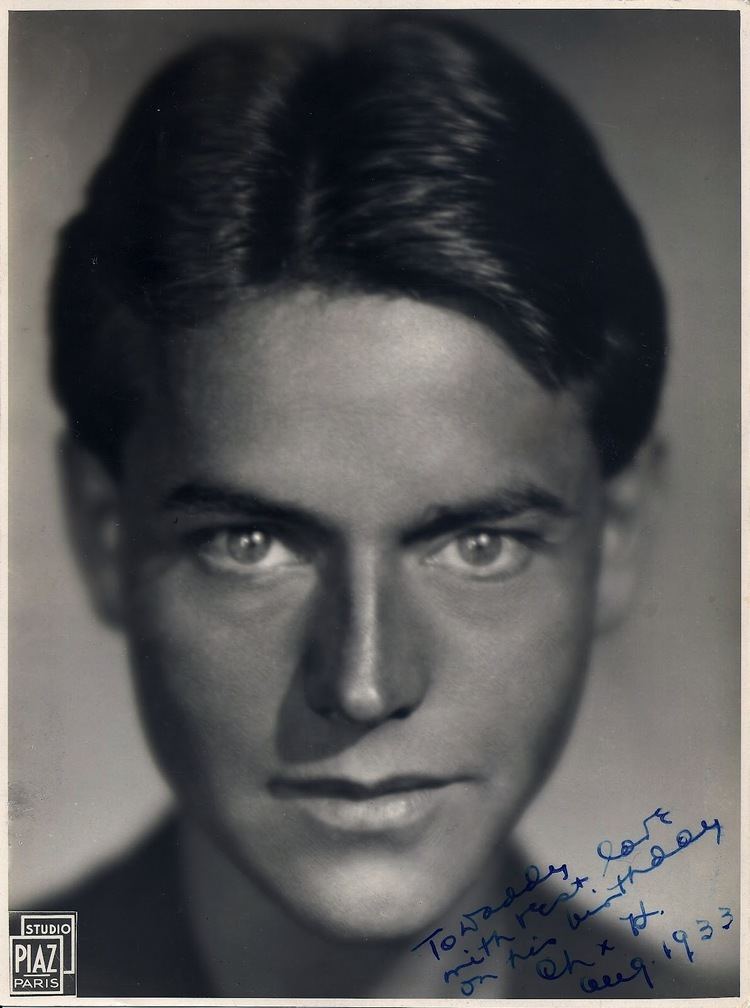 | ||
Books Water From A Bucket, Flag of ecstasy; selected poems, Out of the labyrinth, Om® Krishna II | ||
Charles henri ford flag of ecstasy poem sound collage 2001
Charles Henri Ford (February 10, 1908 – September 27, 2002) was an American poet, novelist, filmmaker, photographer, and collage artist best known for his editorship of the Surrealist magazine View (1940–1947) in New York City, and as the partner of the artist Pavel Tchelitchew.
Contents
- Charles henri ford flag of ecstasy poem sound collage 2001
- Collaborations photo exhibition by indra tamang charles henri ford in new york april 6 2011
- Life
- Death
- Nonfiction
- Fiction
- Poetry
- Exhibitions
- References
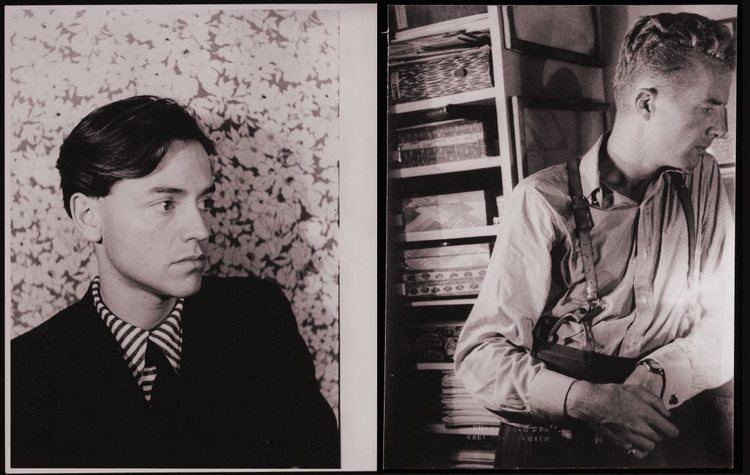
Collaborations photo exhibition by indra tamang charles henri ford in new york april 6 2011
Life
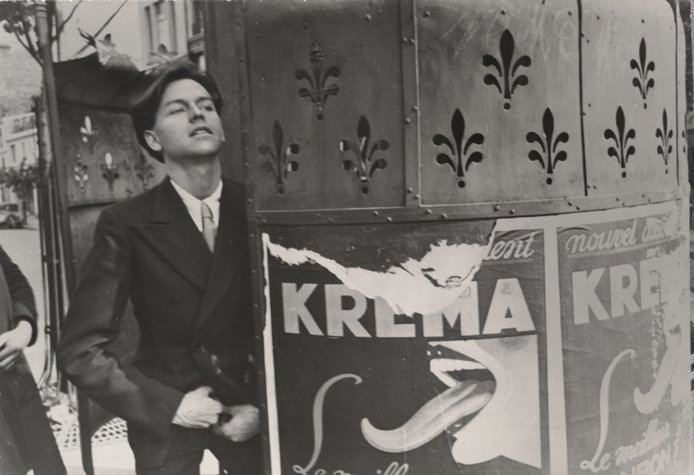
Born in Brookhaven, Mississippi, he dropped out of high school and by age 16 he had started his first magazine, Blues(subtitled "A Bisexual Bimonthly"). Actress Ruth Ford (1911–2009) was his sister and only known sibling.
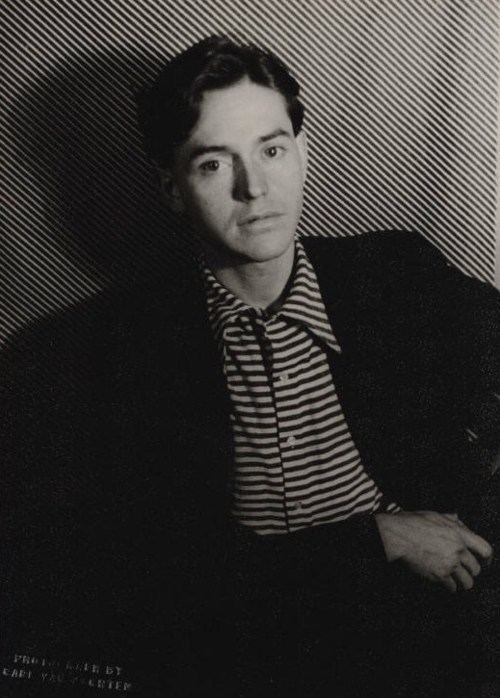
Not long after, he became part of Gertrude Stein's salon in Paris, where he met Natalie Barney, Man Ray, Kay Boyle, Janet Flanner, Peggy Guggenheim, Djuna Barnes (with whom he had an affair and travelled to Tangiers) and others of the American expatriate community in Montparnasse and Saint-Germain-des-Près. He went to Morocco in 1932 at the suggestion of Paul Bowles, and there he typed Barnes' just-completed novel, Nightwood (1936), for her.
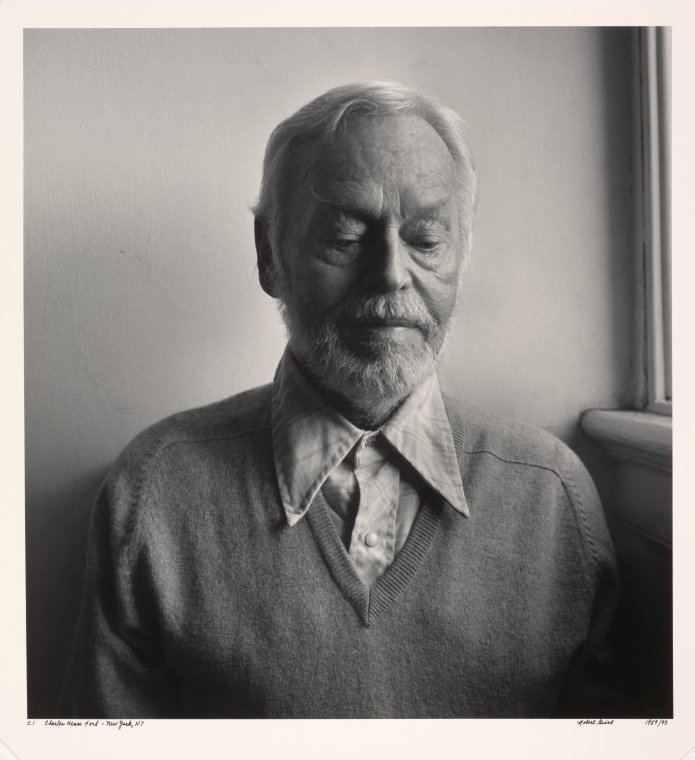
With Parker Tyler, who would later become a highly respected film critic, he co-authored The Young and Evil (1933), an energetically experimental novel with obvious debts to fellow writer Djuna Barnes, and also to Gertrude Stein, who called it "the novel that beat the Beat Generation by a generation". The novel portrays a collection of young genderqueer artists as they write poems, have sex, move in and out of cheap rented rooms, and duck into the neighborhood's many speakeasies. The characters' gender and sexual identities are presented candidly; it was this candor which was reportedly the reason for its rejection by several American and British publishers. It was finally picked up by Obelisk Press in Paris.
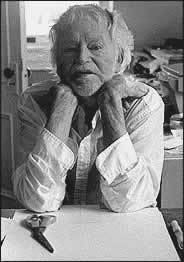
Ford returned to New York City in 1934 and brought Pavel Tchelitchew (Ford's life partner until the latter's death in 1957) with him. Ford's circle at the time included Carl Van Vechten, Glenway Wescott, George Platt Lynes, Lincoln Kirstein, Orson Welles, George Balanchine, and E. E. Cummings. Visiting friends from abroad included Cecil Beaton, Leonor Fini, George Hoyningen-Huene, and Salvador Dalí. Ford was photographed by Beaton in a costume designed by Dalí for Vogue in 1937.
He published his first full-length book of poems, The Garden of Disorder in 1938. William Carlos Williams wrote the introduction. When Ford discussed the concept of poetry, he highlighted its relationship with other forms of art, mentioning Jean Cocteau, who wrote the foreword to one of Ford's catalogs of paintings and drawings. Ford said, "Everything is related to the concept of poetry. As you know, Jean Cocteau used to talk about the poetry of the novel, the poetry of the essay, the poetry of the theater—everything he did, he said, was poetry. Well, he was one of my gurus." In 1940, Ford and Tyler collaborated again on the magazine View, which was mainly concerned with avant-garde and surrealist art. It was published quarterly, as finances permitted, until 1947. It attracted contributions from such artists as Tchelitchew, Yves Tanguy, Max Ernst, André Masson, Pablo Picasso, Henry Miller, Paul Klee, Albert Camus, Lawrence Durrell, Georgia O'Keeffe, Man Ray, Jorge Luis Borges, Joan Miró, Alexander Calder, Marc Chagall, Jean Genet, René Magritte, Jean Dubuffet, and Edouard Roditi.
In the 1940s, View Editions, an associated publishing house, came out with the first monograph on Marcel Duchamp and the first book translations of André Breton's poems. Charles Henri Ford's 1949 book of poems, Sleep in a Nest of Flames, contained a preface by Dame Edith Sitwell.
Ford and Tchelitchew moved to Europe in 1952, and in 1955 Ford had a photo exhibition, Thirty Images from Italy, at London's Institute of Contemporary Art. In Paris the next year he had his first one-man show of paintings and drawings. Jean Cocteau wrote the foreword to the catalog. In 1957, Tchelitchew died in Rome.
In 1962 Ford again returned to the United States and began associating with Pop artists and underground filmmakers. He met Andy Warhol in 1962 at a party at his sister's and an interview recounting his association with Warhol is featured in the book The Autobiography and Sex Life of Andy Warhol. His 1965 exhibition of "Poem Posters" at Cordier & Ekstrom Gallery, New York, triggered a color-poster fad, and a film made of the show was chosen for Fourth International Avant-Garde Film Festival in Belgium.
Ford also had a long connection with Nepal, where he bought a house. He brought Indra Tamang, a young man from a Nepalese village, back to New York City to be his caretaker. With one other Nepali collaborator, Ford compiled a number of art projects using his art and Indra's photography. Ford left some paintings, and the rights to his book, Young and Evil, to Tamang.
He lived for many years in The Dakota apartment building on Central Park West. In 2001, Water From A Bucket: A Diary 1948-1957 was published. Also in 2001 he was the subject of a documentary, Sleep in a Nest of Flames, made by James Dowell and John Kolomvakis.
Death
Charles Henri Ford died, aged 94, in 2002 in New York City. He was survived by his younger sister, actress Ruth Ford, who died in 2009, aged 98.
